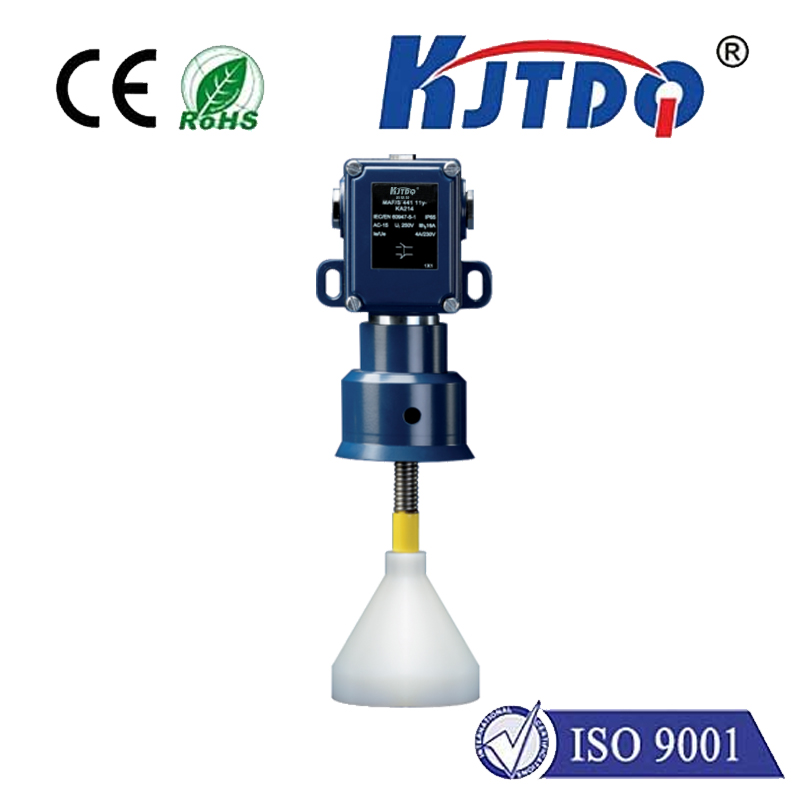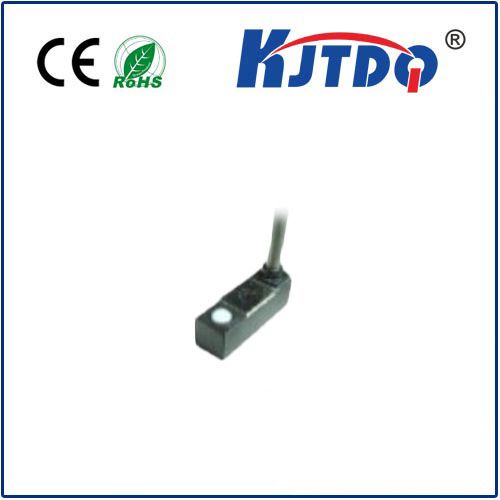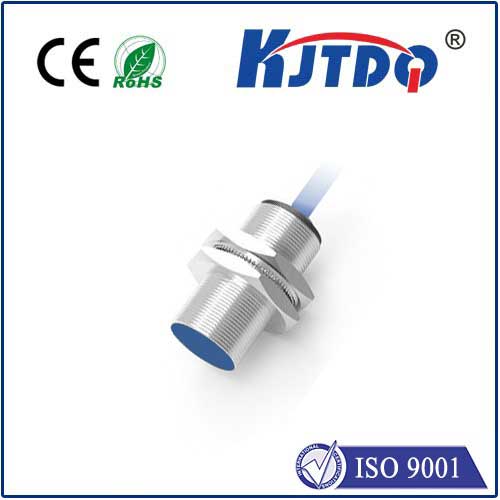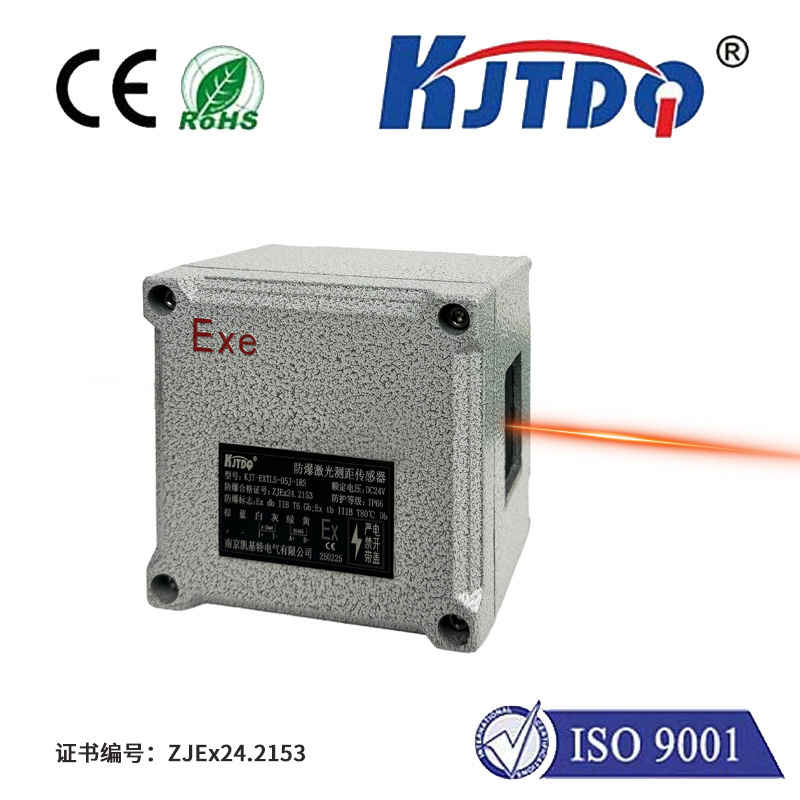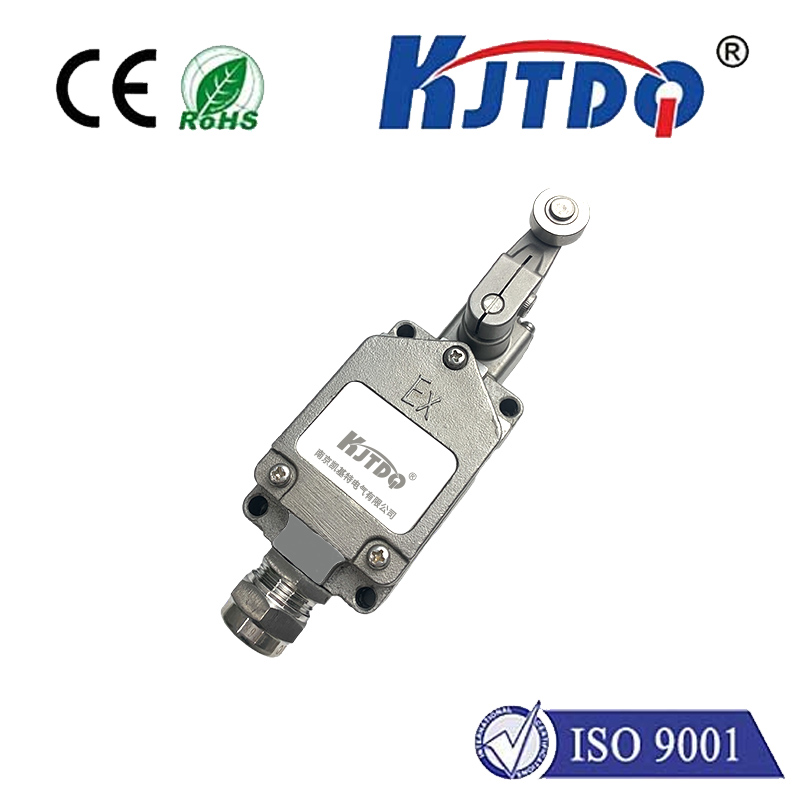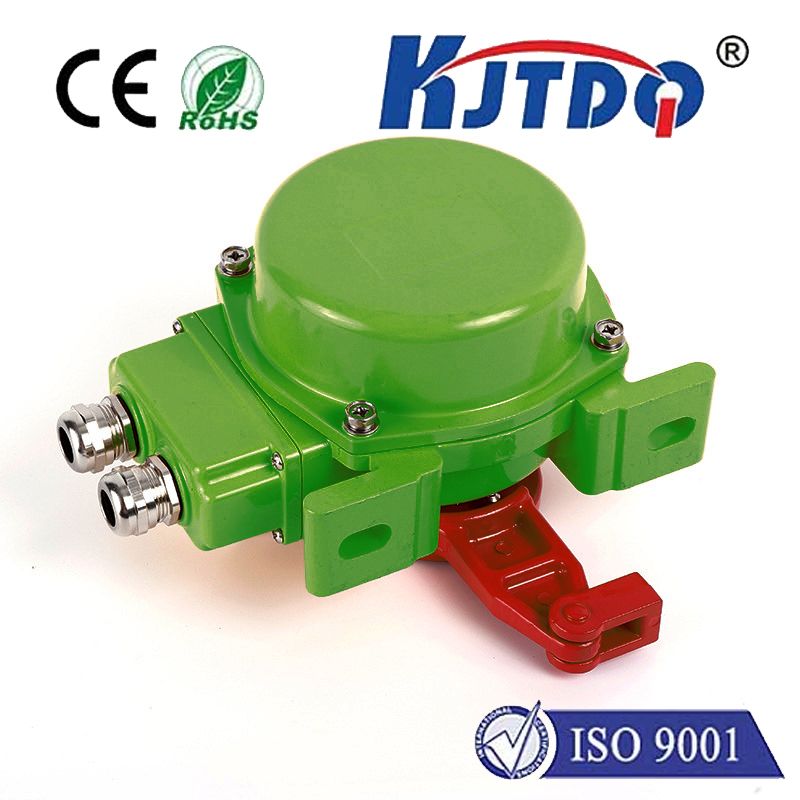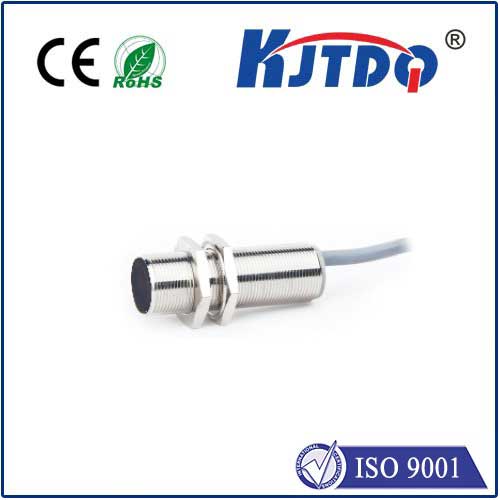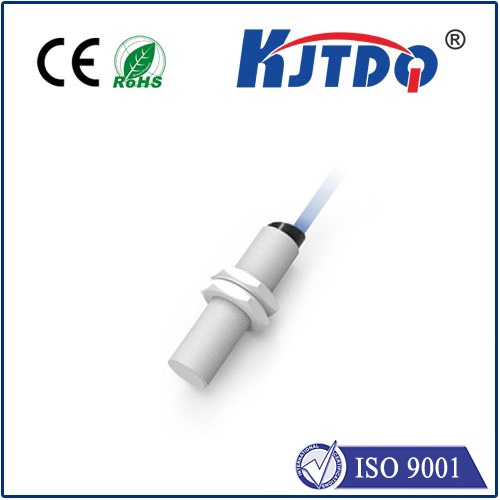

check

check

check

check

check

check

check

check

check

check
Introduction:
Proximity switch 24vdc is a type of sensors that detects the presence or absence of objects by using infrared or ultrasonic technology. These switches are widely used in automation systems, manufacturing processes, and industrial applications due to their accurate detection, quick response time, and reliable performance. In this article, we will discuss the features and applications of proximity switch 24vdc, as well as some common types and factors to consider when selecting one for your project.
Features and Applications of Proximity Switch 24vdc:
One of the main advantages of proximity switches is their ability to detect objects regardless of their size, shape, or orientation. They work by emitting a beam of light or sound towards the object and measuring the amount of energy reflected or absorbed back. Depending on the design and configuration of the switch, it can be programmed to trigger an alarm or control a device remotely when an object enters or leaves its range.
Some common applications of proximity switches include:
* Access control systems: Proximity switches can be used to restrict access to restricted areas or secure entrances by only allowing authorized individuals to pass through.
* Factory automation: Proximity switches can be used to monitor the movement of machines and equipment, detect errors or malfunctions, and trigger maintenance routines.
* Inventory management: Proximity switches can be used to track the location and status of inventory items, preventing theft or misplaced goods.
* Environmental monitoring: Proximity switches can be used to detect the presence or absence of people or animals in certain areas, such as hospitals, prisons, or zoos.
Types of Proximity Switches:
There are several types of proximity switches available in the market, each with its own unique features and capabilities. Some popular options include:
* Long-range proximity switches: These switches have a longer operating range compared to short-range switches, making them suitable for larger environments or applications where obstacles may obstruct the signal. They typically use infrared technology and have a range of up to several meters.
* Narrow-angle proximity switches: These switches are designed to detect objects from a specific angle, making them useful for applications where there is limited space or clearance around the sensor. They use either infrared or ultrasonic technology and have a narrow beam width.
* Dual-mode proximity switches: These switches can operate in both infrared and ultrasonic modes, giving them greater flexibility and versatility. They are ideal for applications where different environments require different sensitivity levels.
Factors to Consider When Choosing a Proximity Switch:
When selecting a proximity switch for your project, there are several factors you should consider, including:
* Operating temperature: Proximity switches must be able to withstand the environmental conditions of their intended use, such as temperatures,湿度, dust, etc. Make sure to choose a model that is rated for your specific application.
* Operating frequency: Different proximity switches use different frequencies for transmitting signals, such as 13.56 MHz or 26.40 GHz. Choose a model that is compatible with your communication protocol (e.g. RS-485) and network requirements.
* Detection range: As mentioned earlier, different types of proximity switches have varying detection ranges depending on their design and configuration. Make sure to choose a model that meets your specific needs in terms of distance and visibility.
* Power consumption: Proximity switches consume less power than traditional mechanical switches, making them more cost-effective for long-term operations. Consider choosing a model that has an efficient energy consumption profile and can be easily integrated into your power supply system.
